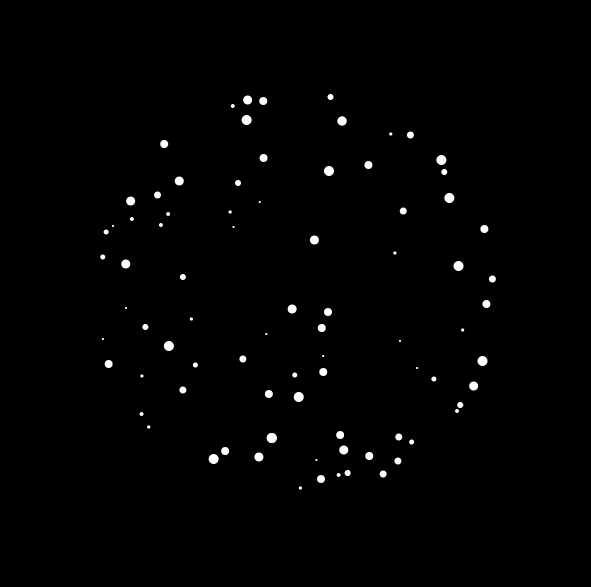Howdy, Stranger!
We are about to switch to a new forum software. Until then we have removed the registration on this forum.
Categories
- All Categories 25.7K
- Announcements & Guidelines 13
- Common Questions 30
- Using Processing 22.1K
- Programming Questions 12.2K
- Questions about Code 6.4K
- How To... 4.2K
- Hello Processing 72
- GLSL / Shaders 292
- Library Questions 4K
- Hardware, Integration & Other Languages 2.7K
- Kinect 668
- Arduino 1K
- Raspberry PI 188
- Questions about Modes 2K
- Android Mode 1.3K
- JavaScript Mode 413
- Python Mode 205
- Questions about Tools 100
- Espanol 5
- Developing Processing 548
- Create & Announce Libraries 211
- Create & Announce Modes 19
- Create & Announce Tools 29
- Summer of Code 2018 93
- Rails Girls Summer of Code 2017 3
- Summer of Code 2017 49
- Summer of Code 2016 4
- Summer of Code 2015 40
- Summer of Code 2014 22
- p5.js 1.6K
- p5.js Programming Questions 947
- p5.js Library Questions 315
- p5.js Development Questions 31
- General 1.4K
- Events & Opportunities 288
- General Discussion 365
In this Discussion
- Chrisir April 2018
- jeremydouglass April 2018
- lmccandless April 2018
Can you interpret this particle code for me?
Hello Processing Community,I have used this particle case, but there are a few sentences about abs(), sqrt() can't read, can you help me understand this?
float circleSize = 400;
float radius = circleSize/2;
int period = 5; //speed
float x = 0;
float particleY;
float amplitude;
float sineEl;
int randomPart[] = new int[100];
int partSize[] = new int[100];
void setup() {
size(600, 600);
for (int i = 0; i < randomPart.length; i++) {
randomPart[i] = int(random(100, 500));
partSize[i] = int(random(2, 11));
}
}
void draw() {
background(0);
x += 0.01;
for (int yRand = 0; yRand < randomPart.length; yRand++) {
particleY = randomPart[yRand];
float sine = sin((3*PI*x)/period + randomPart[yRand]);//this
amplitude = sqrt(sq(radius) - sq(abs(height/2 - particleY))); // and this
sineEl = width/2 + sine * amplitude;//and this i don't konw
float particleSize = partSize[yRand];
//rotation
pushMatrix();
translate(width/2, height/2);
translate(-width/2, -height/2);
stroke(255);
noStroke();
fill(255);
ellipse(sineEl, particleY, particleSize, particleSize);
println(sineEl, particleY, particleSize, particleSize);
popMatrix();
}
noFill();
stroke(0);
}


Answers
The sin line is wrapping the points around the sphere, the contents inside the sin() function kind of like a longitude line. This becomes clear if you play with the contents, like changing the line to
float sine = sin((6 * PI * x)/period + 1);The animation part comes from the x variable which is increased every frame.The abs() isn't really needed, if you remove it, the effect is still the same. If you remove the sq() wrapping it, the sphere turns into a cylinder.
The third line is multiplying the amplitude(kinda like the lattitude) by the sine(kinda like the longitude) to make it spherical.
abs etc are explained in the reference
See also tutorial on trigonometry